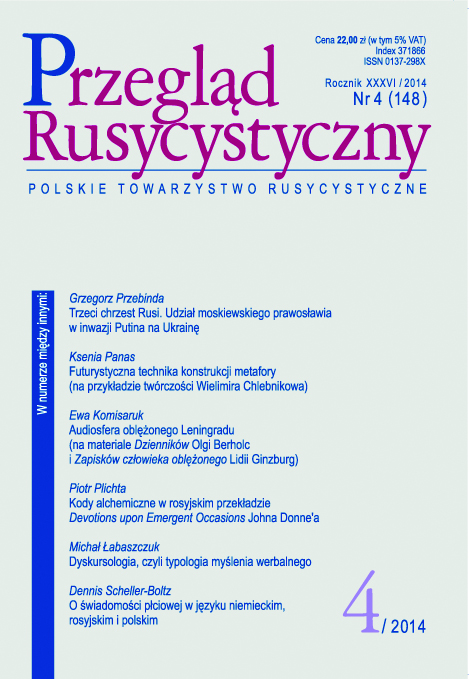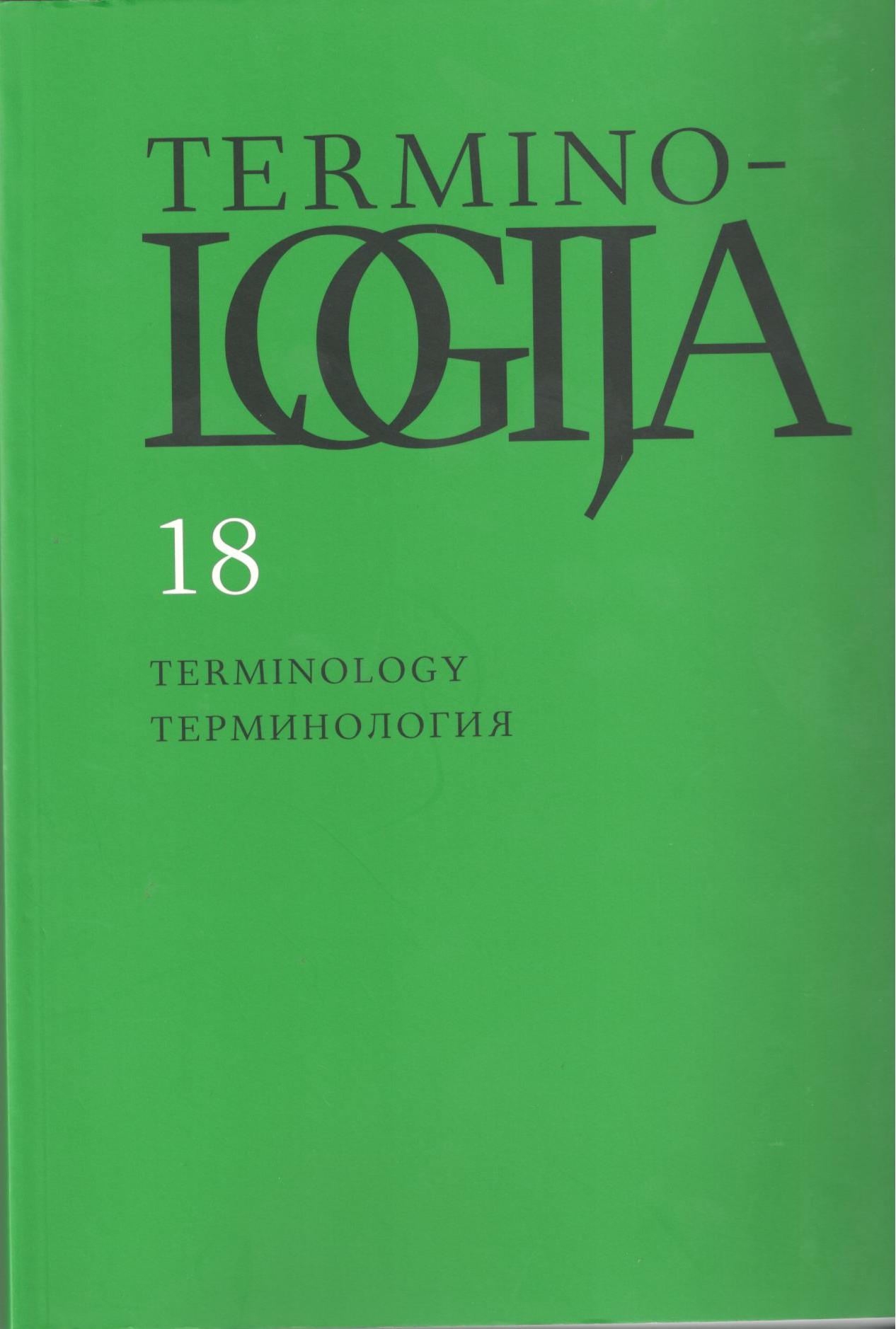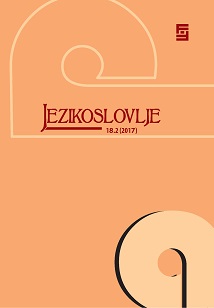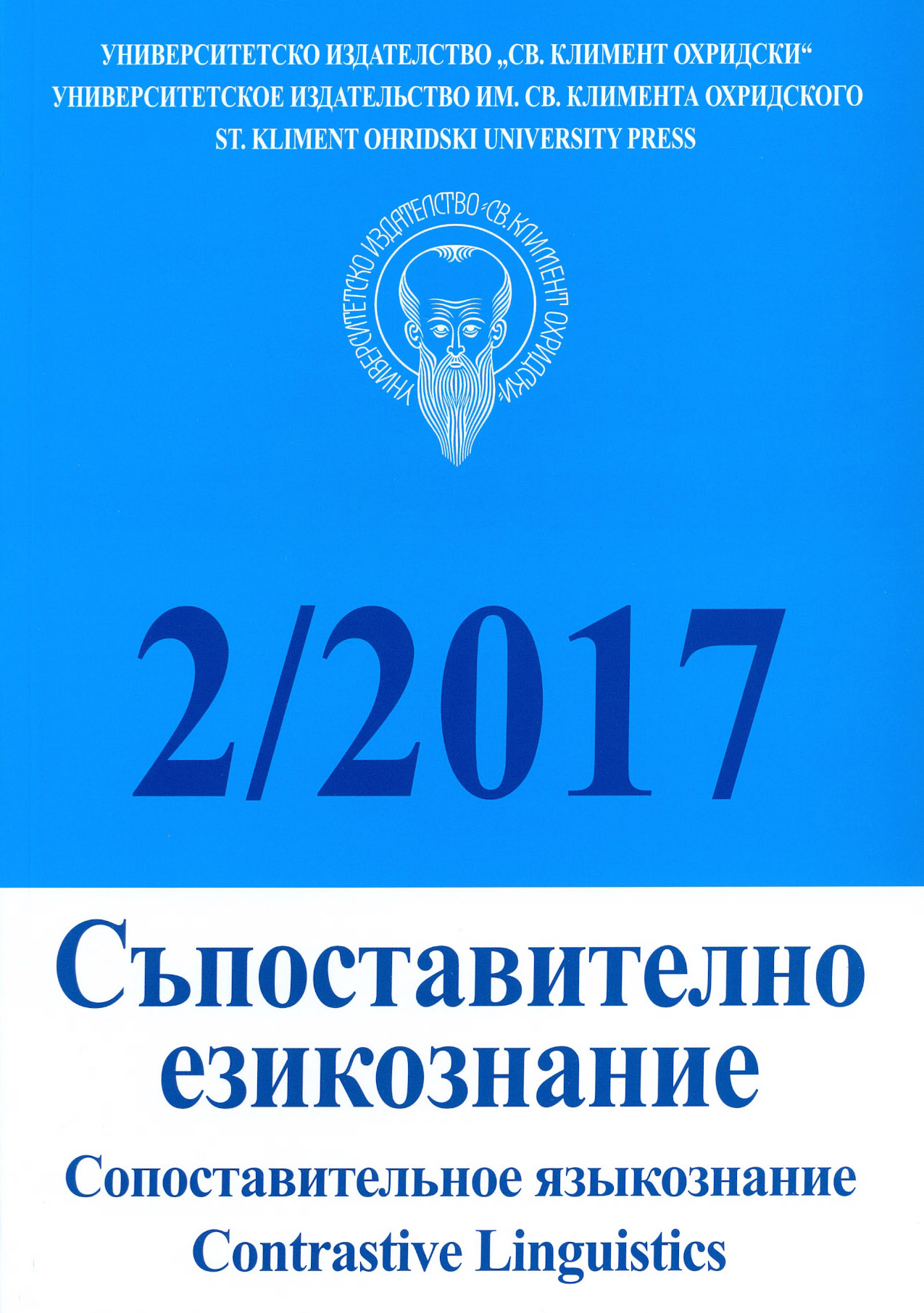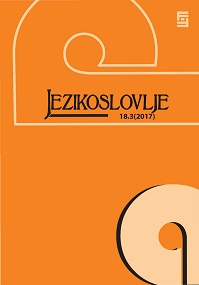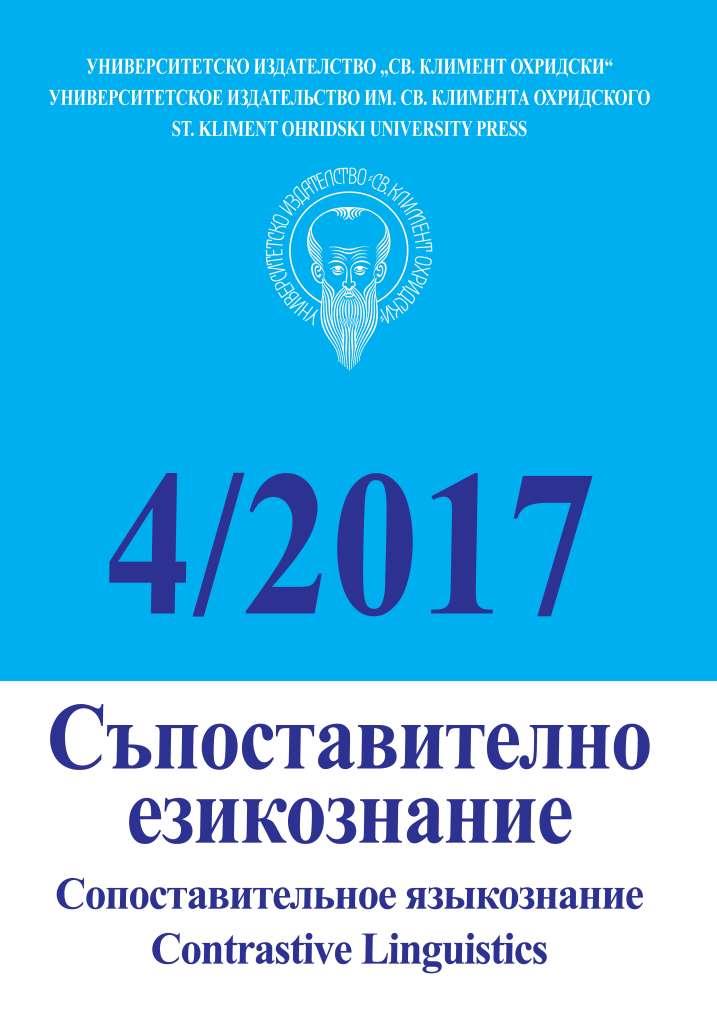Author(s): Evar Saar / Language(s): Estonian
Issue: 62/2016
The article examines the South Estonian place name cluster Udsali ~ Utsali. This name was used as a peasant surname in the 16th-17th centuries more extensively than in modern-day place names. Attention is also drawn to some mentions from the 16th century which contain the ethnonym-like surname *Udsalane. While in Eesti kohanimeraamat (2016) I conjectured that Udsali is a High German or Jewish loan name, I now believe that the name either comes directly from South Estonian or is a borrowing of nearby southern origin. This surname came into use in the 16th-17th centuries independently in five places near Estonia’s southern border. The old surname Udsali has been compared to the word udsu ‘fog, fluff, plumule’ and the verb udsalõma ‘to hover like fog or dust’. The comparable South Estonian place names Udsu ~ Utsu, which also appear as family names and have previously been used as peasant surnames, are also indigenous. The oldest written mention of Udsu dates back to the 15th century. The meaning ‘fog, fluff, plumule’ could be the basis for the peasant surname, but this is not very likely. Another potential source of the name is the Finnic-Mordvin word for ‘bear’, the Uralic reconstruction of which is *okti. The regular South Estonian equivalent *otś and the genitive form *ote(n) are represented in the word ott, denoting a bear, and the place name Otepää. The place names Otśu, Utso and Udsu could be regarded as having originated from this word. Thus the ethnonym-like surname *udsalane could actually be *utslane ‘bear man’? Another possible explanation for the Udsali name cluster is the connection between the peasant surname and the Belorussian place name Udziela. Presuming that the basis for the surname Udsali ~ Udsalane is an ethnonym no longer in use, one candidate is the, the ancient county Agzele ~ Adsele on the territory of modern-day Latvia, to the south of Southeastern Estonia. The presumed earliest mention of this county comes from the Pskov chronicle from the year 1111: на Очелу (< Очела). In 12th-century Russian chronicles, the inhabitants of Očela are given as Chudes (i.e. Finns). In Old Russian orthography, the short Finnic a was always rendered as o. However, there is no adequate explanation for the change that actually took place in the initial vowel of the name (a > u or a > o > u). The labialization, i.e. change too, of stressed a appears quite often in the local Latvian Malēnieši dialect (as well as in Latgalian). Thus it is plausible that the county name *Odzala and the ethnonym *odzaļi first developed as such in the Latvian-language environment. Borrowed into South Estonian, the initial *ods was adapted to uds. Another possible derivation path is via expressive variation of the ethnonym denoting the neighboring people, wherein the emergence of u could have been supported by the similar-sounding ethnonym ugalane, well known in South Estonia. However, as both of these explanations are somewhat artificial, Udsali and Adsele should be regarded as names that cannot be linked to one another, at least not on the basis of currently existing knowledge. The article presents an improved etymology for the historical place name Adsele (*Adsela) – the name includes the Finnic word *akja ‘edge, brink, border’ an old borrowing from Germanic *agjā. This explanation was first given by Krišjān Ancītis and Aleksandr Jansons in 1967, but their article has remained relatively unknown. It is important to note that this name was initially used for quite a large area, the most important center of which in the 12th century was Alūksne. The original name for the region was later given to the castle built along the Gauja River, called Adsele in German (Latvian Gaujiena, South Estonian Koivaliin). The analysis of the oldest name forms Очела, Agzele and Adsele concludes that the border of the name element goes between Ag+zele, Ad+sele. Thus this name belongs in the same group with a number of other 13th-century Livonian place names ending in -sele: Sattesele, Cubbesele, Vitisele etc. The article does not take a stance on whether the ending -sele (*-sela) contains the weak grade genitive form *-sälä of the Finnic word *selkä ~ sälkä ‘back’ or whether it is a combination of two suffixes (as Paul Alvre has suggested). Therefore, the structures *ad´+sälä and *ad´+se+la are both considered possible.
More...
